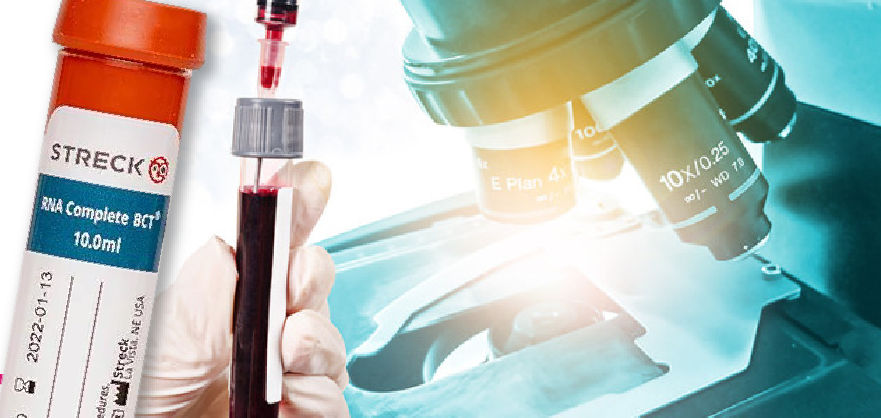8q24, CMYC
CMYC amplification, (8q24) Nuclear oncoprotein C-myc is involved in the regulation of cell proliferation, cell differentiation and apoptosis. Amplification and overexpression has been associated with numerous cancers, including esophageal tumors. Loss of FHIT and/or gain of MYC are related to an adverse prognosis in resected Esophageal Squamous Cell Carcinoma, and their use in a risk classification warrants to select […]


